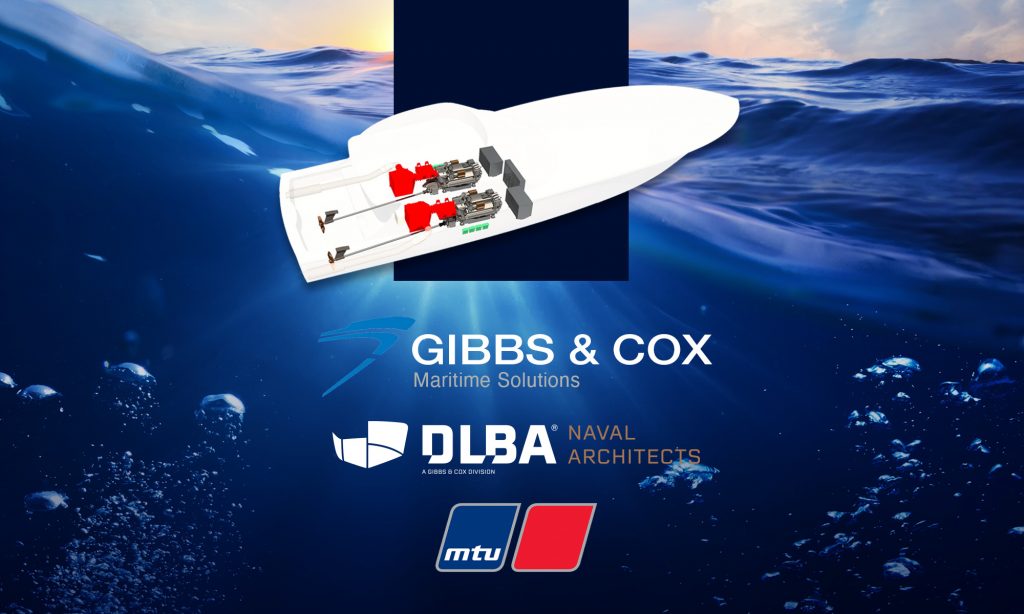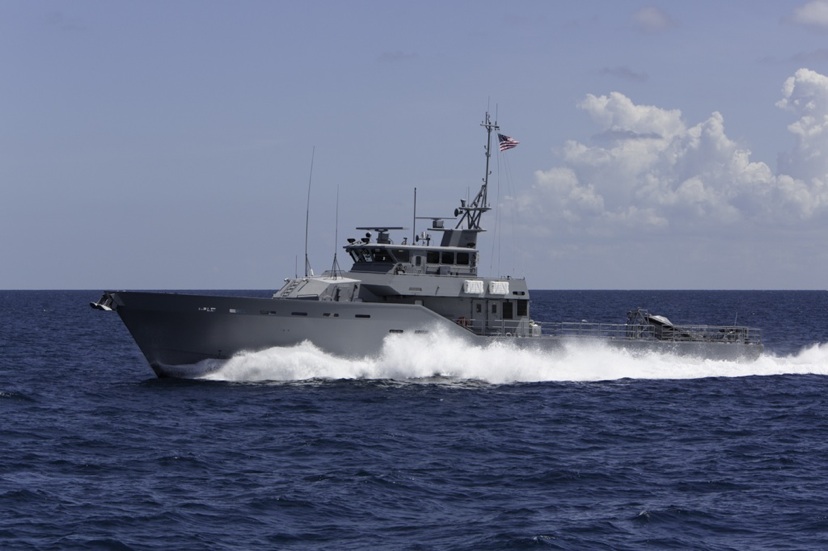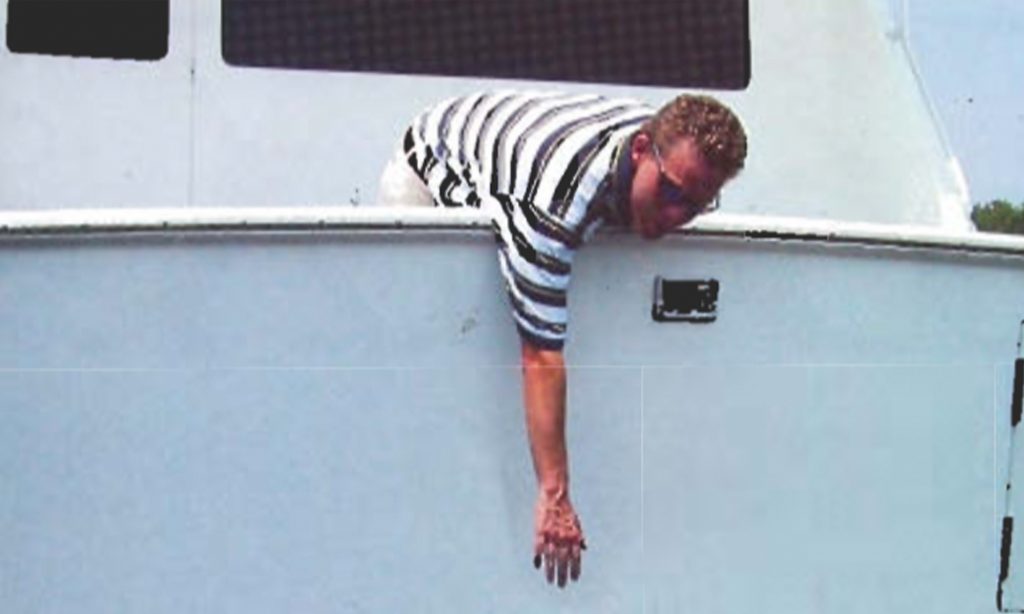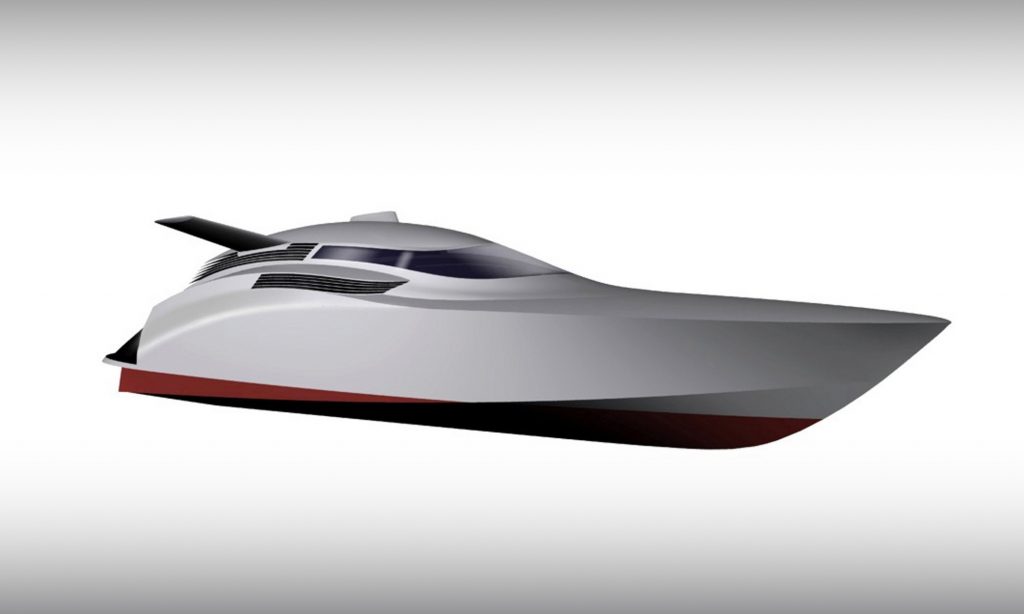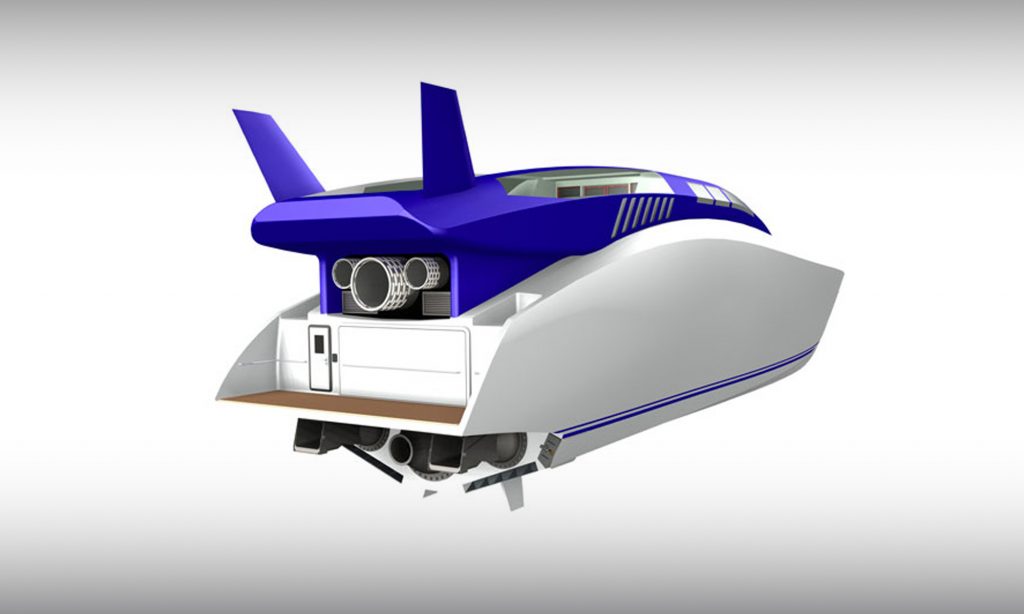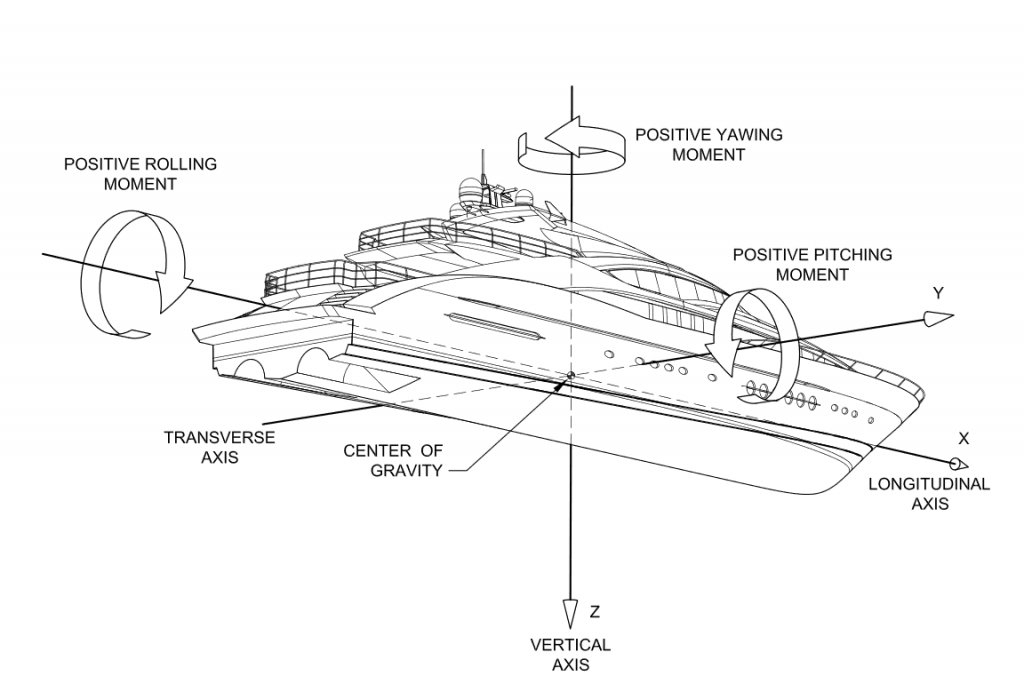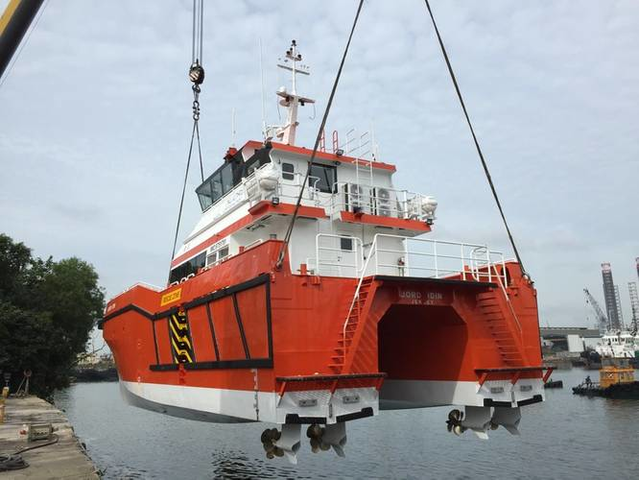As of January 1st, 2021, yachts under 500 gross tons will no longer be exempt from IMO Tier III. This means that vessels will have new requirements imposing stringent limits with regards to Nitrogen Oxides (NOx) levels in the exhaust of marine diesel engines.
Read More
As of January 1st, 2021, yachts under 500 gross tons will no longer be exempt from IMO Tier III. This means that vessels will have new requirements imposing stringent limits with regards to Nitrogen Oxides (NOx) levels in the exhaust of marine diesel engines.
Read More
Almost all boat owners and operators today are looking for cost reductions. If the owner has a fleet of boats, they are additionally looking for ways to complete the same cost reduction mission, by reducing the number of boats needed in the first place.
Read More
A struggle with weight is almost universal – whether it applies to our waistlines, our luggage, or our boats. When it comes to a vessel’s weight, it’s not just the weight itself that’s important but also the center of gravity.
Read More
With each yacht’s construction comes a host of decisions that will define the finished vessel. One fundamental decision – and one that will both set the tone for the finished vessel and the build – is basic hull structure. Many factors come into play here, including cost, maintenance, weight, producibility, service life, and tooling.
Read More
Two speed gears were introduced commercially in the early 2000s and, although having a relatively small range of application, made a world of difference when used in the right place. The best applications are for very high speed recreational craft, which benefit from the deeper gear to get on the plane, as well as vessels that take advantage of the deeper gear to apply lots of power
Read More
Everyone on a yacht wants to be comfortable. When it comes to cruising or sprinting in a seaway, the topic that comes to light most often is seakeeping. Seakeeping is the ability of a vessel not only to withstand rough conditions at sea, but also to interact with the waves in a way that transfers the minimal amount of motions.
Read More
Since being introduced to North America at the Miami Boat Show in 2005, Volvo Penta Inboard Performance System, or IPS has established itself as a leading propulsion choice among pleasure boat owners and builders.
Read More
Between 1970 and 2000, dynamic instability issues became a major problem as engine power density increased significantly and consumer demand for comfort rose along with it.
Read More
For wind farm workboat operations, various designs of vessels and propulsion system are used for different kind of missions, such as crew transfer, material transport, fuelling, survey and security handling. Vessels can be of SWATH design, catamaran design with symmetrical or asymmetrical hulls, mono hulls and trimarans.
Read More

